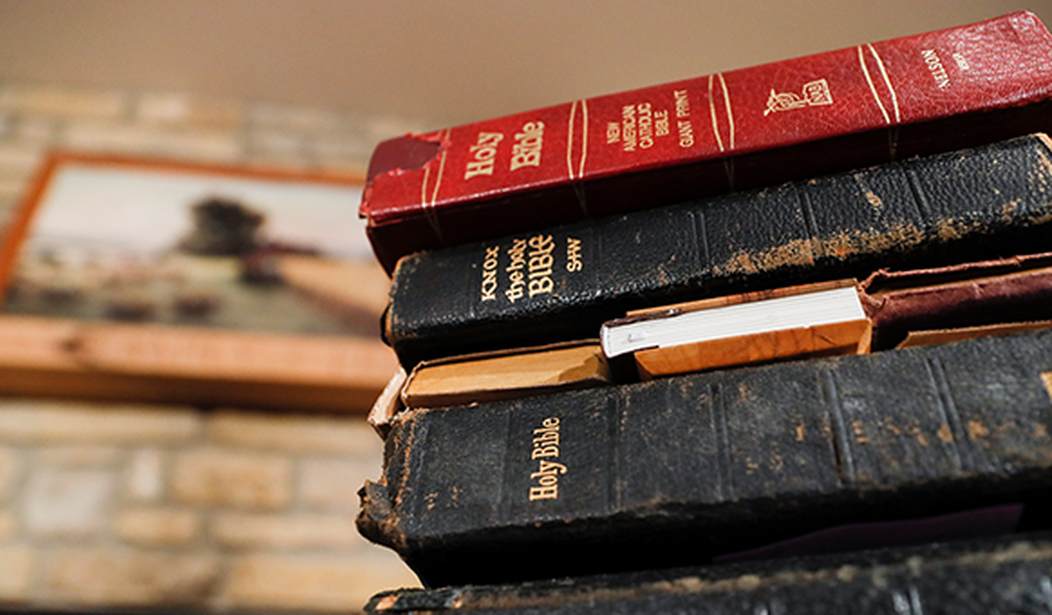Author’s Note: Interested readers can find all previous volumes of this series here.
In churches of many Christ-centered denominations, there is usually some form of art showing Jesus nailed to the cross. However, most sugar-coat what Jesus looked like during his crucifixion with virtually every depiction inaccurate for two reasons.
First, the Gospels' accounts of the scourging, beating, and suffering that Jesus endures, even before he is crucified, are unsightly and not typically replicated on church crosses.
Remember Mel Gibson’s 2004 movie “The Passion of the Christ”? Gibson was criticized for depicting too much scourging and violence, although he was following the Gospels. Moreover, experts on the Shroud of Turin said that scenes were “accurately based on studies carried out on the cloth.” Those experts were alluding to the hundreds of marks and wounds seen on the “Man of the Shroud.” Millions worldwide believe the Shroud displays an image of Christ that was mysteriously formed on the linen burial cloth a nano-second before His Resurrection.
Second, on church crosses, crucifixion's nails are usually seen through the palms of Jesus’ hands. However, that visual is anatomically contested since wrists are better suited to support body weight. Furthermore, the Shroud of Turin shows nail wounds through the wrists — contrary to medieval art — with the crucified man’s thumbs not visible. Modern medicine explains how the nails hitting a wrist nerve would have reflexively pushed the thumbs under the hand. Medieval “forgers” would have shown all five fingers on each hand.
Now you might be asking why I am introducing our Bible Study about what Jesus said on the cross with what Jesus would have looked like before his death? The answer: To remind readers of His horrific visual image and suffering while studying His seven last statements.
Recommended
Let’s begin with the order the verses appear in the New Testament.
1. “My God, my God, why hast Thou forsaken Me?” (Mark 15:34).
Jesus cries out in anguish quoting the first verse of Psalm 22:
My God, my God, why have you forsaken me? Why are you so far from saving me, so far from my cries of anguish? (Psalm 22:1).
Researching this study, I found a beautiful and thorough explanation of Psalm 22 from which I will quote:
Psalm 22 is, thus, the prayer of a just one who suffers innocently, of one who is surrounded by enemies and mocked precisely because of his fidelity to God. When God hears this cry and delivers, the just one offers praise and thanksgiving to God.
That explanation mirrors Jesus on the cross.
2. “Father, forgive them, for they know not what they do” (Luke 23:34).
By extreme example, Jesus is demonstrating an all-important tenet of Christianity — forgiveness — no matter how tragic or deadly the act. Jesus’ plea was directed to His tormentors. However, he was also addressing humanity at large since forgiveness can free oneself of hate toward others, and hate that festers within can destroy one’s soul.
3. "Truly I tell you, today you will be with me in paradise” (Luke 23:43).
This verse is best explained in context, which gives hope for what awaits us in Heaven. Jesus was crucified between two thieves, and the three of them engage in an extraordinary conversation:
There was a written notice above him, which read: THIS IS THE KING OF THE JEWS. One of the criminals who hung there hurled insults at him: "Aren't you the Messiah? Save yourself and us!" But the other criminal rebuked him. "Don't you fear God," he said, "since you are under the same sentence? We are punished justly, for we are getting what our deeds deserve. But this man has done nothing wrong." Then he said, "Jesus, remember me when you come into your kingdom. " Jesus answered him, "Truly I tell you, today you will be with me in paradise" (Luke 23:38-43).
4. “Father, into your hands I commit my spirit” (Luke 23:46).
Again, Jesus quotes from a Psalm:
Into your hands I commit my spirit; deliver me, Lord, my faithful God (Psalm 31:5).
On Friday, Jesus the man, is giving up his life to God, but on Sunday, Lord Jesus knows He will rise from the dead. During that time, He walks the earth for 39 days imparting final teachings to His disciples and promises to send His Holy Spirit. Jesus explains why He had to die and removes any doubt from “Doubting Thomas.” On day 39, He ascends into Heaven, where “He shall reign forever and ever.” (A perfect place to pause for a quick “Messiah” sing-along.)
5. When Jesus, therefore, saw His mother, and the disciple whom He loved standing by, He said to His mother, "Woman, behold your son!" (John 19:26).
Most the common interpretation of this passage is while Jesus is dying, He signals John to take care of Mary and, to Mary, that John would become her son.
6. Later, knowing that everything had now been finished, and so that Scripture would be fulfilled, Jesus said, "I am thirsty" (John 19:28).
There is much to study in this verse, and we will only scratch the surface.
First, all Christ-centered denominations believe that Jesus fulfilled all the Messianic prophecies in the Hebrew Bible (Old Testament).
Second, His “thirst” is a human reaction, but there are numerous Scriptural references such as: “Whoever drinks the water I give them will never thirst” (John 4:9-14).
Here is a deeper dive into "I thirst."
7. When he had received the drink, Jesus said, "It is finished." With that, he bowed his head and gave up his spirit (John 19:30).
I like what Christianity.com has to say about this passage:
"When Jesus cried out, 'It is finished,' he meant 'It was finished in the past, it is still finished in the present, and it will remain finished in the future.
"Note one other fact. He did not say, 'I am finished,' for that would imply that he died defeated and exhausted. Rather, he cried out "It is finished," meaning "I successfully completed the work I came to do."
Yes, He did! And why Jesus is “King of kings and Lord of lords, And He shall reign forever and ever! Hallelujah! Hallelujah!” Let’s sing it again!
Myra Kahn Adams is a media producer and conservative political and religious writer with numerous national credits. She is also Executive Director of www.SignFromGod.org, a ministry dedicated to educating people about the Shroud of Turin. Contact: MyraAdams01@gmail.com or Twitter @MyraKAdams.























Join the conversation as a VIP Member